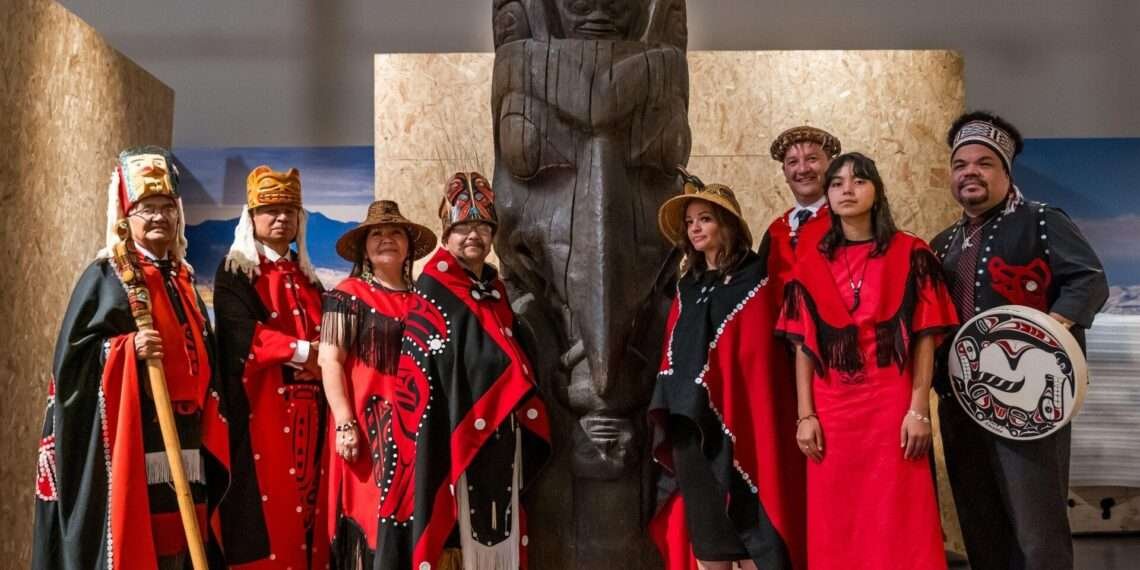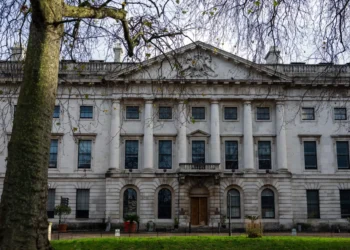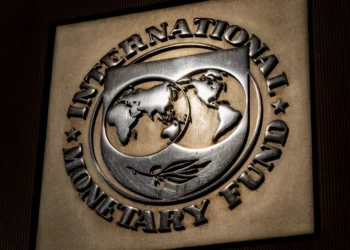After decades of being kept in the Scottish national museum in Edinburgh, the 37ft tall carved totem pole will return back to its original home in Canada, after parties involved in the decision making, consented to the fact that its actual residence is Canada.
The totem pole served as a significant artifact in memory of Ts’await, a warrior who made it a dream to succeed his master before he was killed in action. The artifact was carved in 1860.
The artifact would be sent back to Nass Valley, present day British Columbia, after requests were made by the Nisga’a tribe. The tribe remains one of the indigenous people in Canada, and also one of the country’s first settlers.
The pole has only ever moved three times in its 94 years of existence and has remained on permanent exhibit in the museum.
However, the Scottish government’s approval to return the pole back to its original home, has ignited calls for institutions and governments to send back historical and cultural artifacts to their original home.
Amy Parent of British Columbia University describe the importance of having such a historical artifact back home.
“It was very emotional. As soon as we go near the pole we can feel this energy. We know that we will soon have our hearts at peace. We very much want to inspire other Indigenous nations that the impossible is possible.”
Amy Parent, Associate Professor at the University of British Columbia.
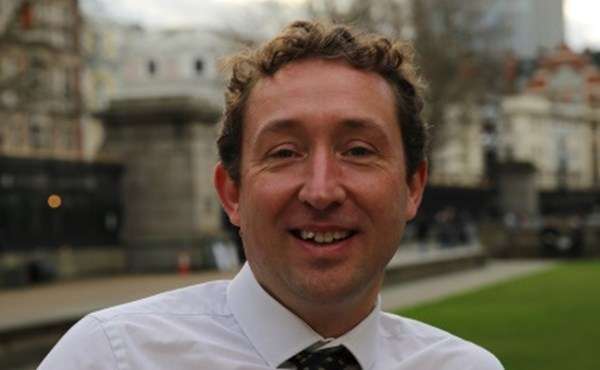
After having a sight on the complex voyage of 4,200-mile, the curator of the Scotland’s national museum, John Giblin said, “it was a wonderful occasion.”
According to museum archives, Marius Barbeau, an ethnographer and curator of the National Museum of Canada, purchased it from its Nisga’a owners in 1929.
Also, Giblin, the curator of international arts, cultures, and design at the museum, attested that it was purchased from a person who had the necessary cultural permission.
“It is questionable whether anybody would have the right to pass on something as important as a memorial pole. It will be really missed, but we recognize that we’ve benefited from its presence for the last 90 years or so.
“The Nisga’a nation have not had that benefit, so we are also really pleased to be returning the pole to a place where its spiritual, cultural and historical significance is most keenly felt.”
John Giblin, Curator of the Scotland’s National Museum.
On the other hand, the Nisga’a tribe maintained that, the artifact was stolen.
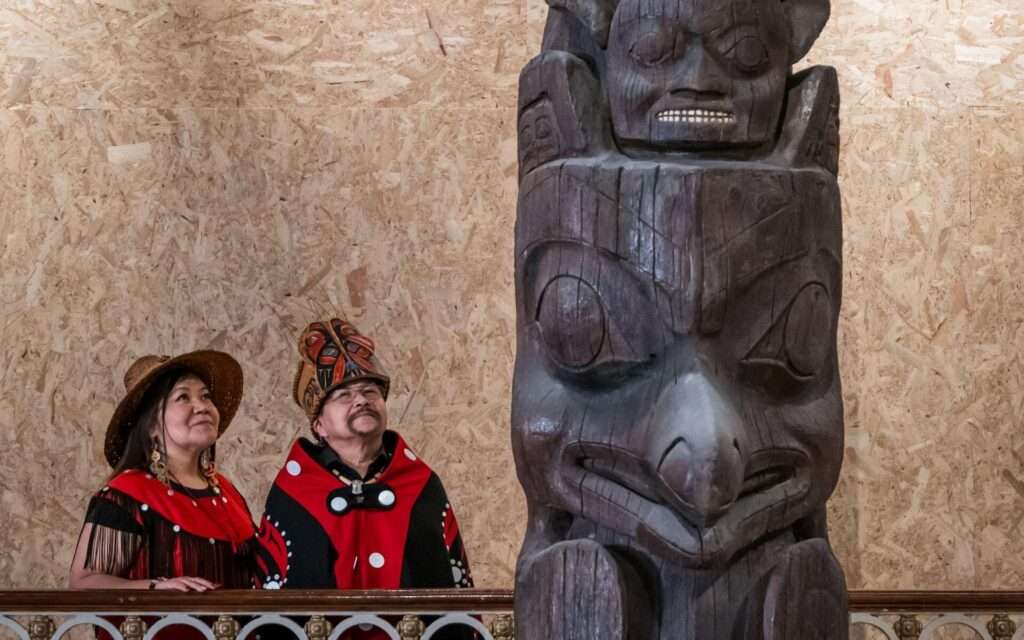
Moreover, the process leading to this historic event was made simple, as a result of the change in stance by the Scottish National museum, regarding the return of questionable artifacts .
The totem pole would be the first of its kind to be returned to its original home. Giblin held on to comment on whether other institutions should replicate what they have done. “Every museum has its own statutes, legal frameworks and situations, so it’s not for me to comment on those museums,” Giblin said.
Though, it has left a big vacancy in Edinburgh, John Giblin maintained that the appropriate decision has been made. “I would personally love there to be a new pole, carved by the Nisga’a nation, in the gallery,” he added.
“We have had conversations with them. If we did do that it wouldn’t be a replica. It would be a pole designed collaboratively that would tell the story of the relationship between the Nisga’a nation and Scotland both its history and our aspirations for the future.”
John Giblin, Curator of the Scotland’s National Museum.
READ ALSO: Striking Pregnant Workers Suffer Deductions On Their Maternity Pay



